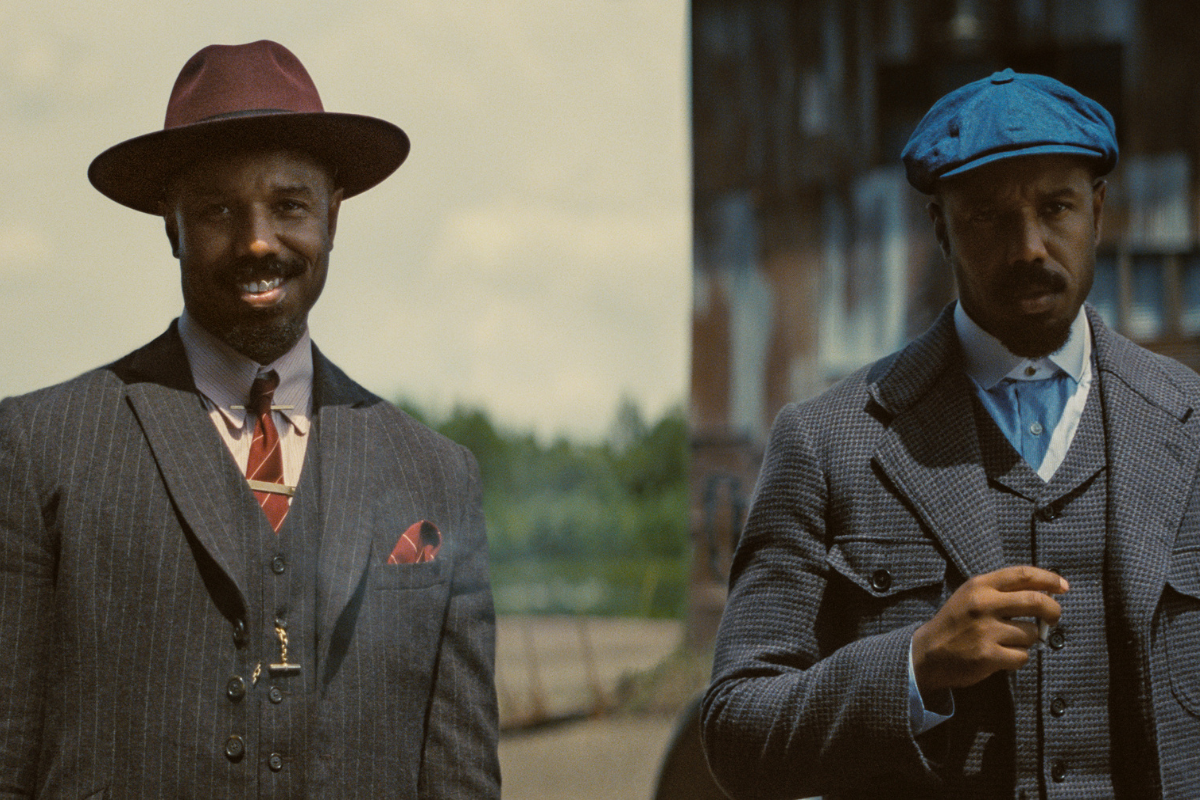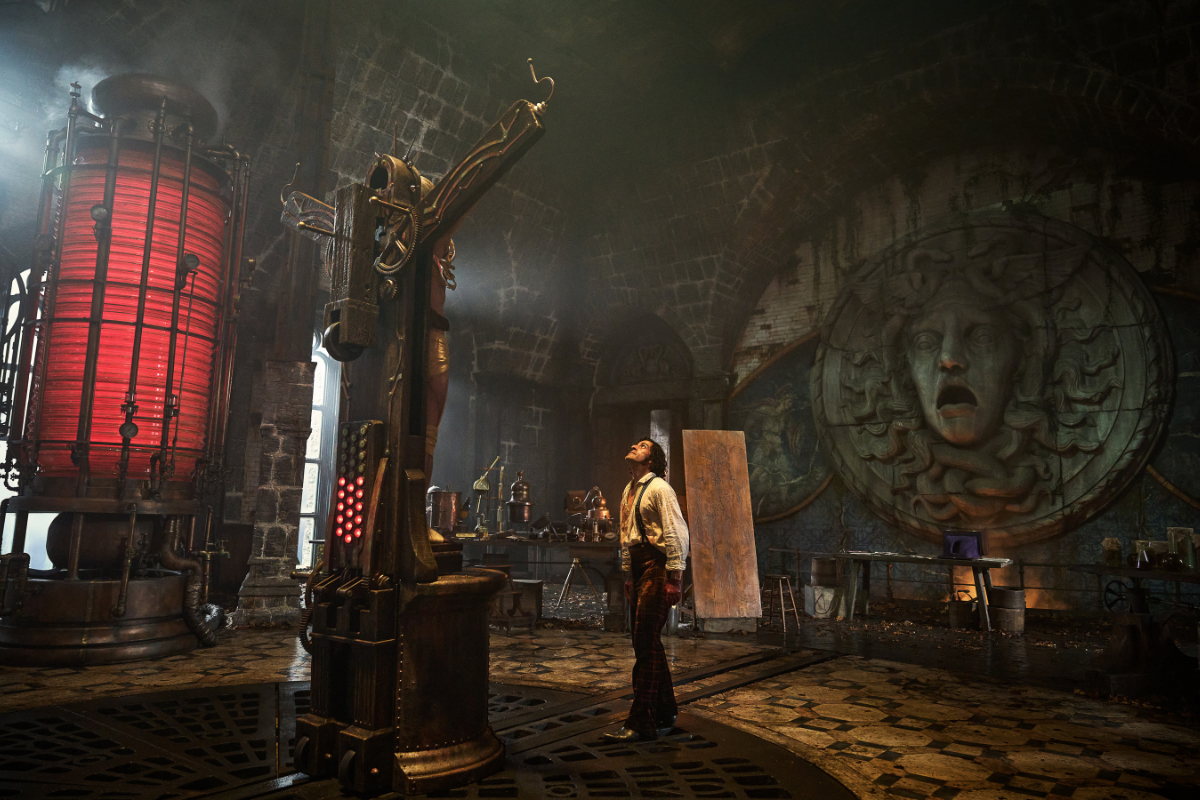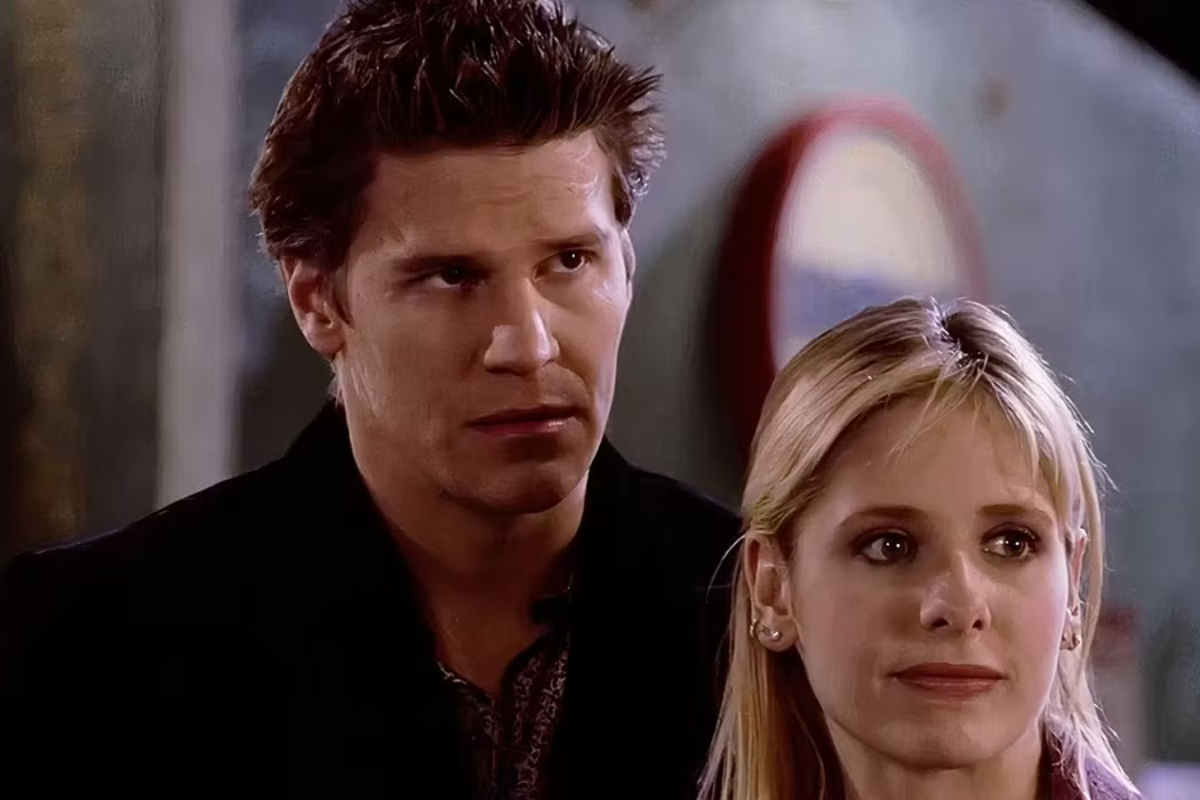Specs & The City: The Threshold Guardian Archetype and ‘The Princess Bride’
The primary benefit of utilizing archetypes when developing the characters for your screenplay is their universality. By basing your characters, no matter how outlandish or unique, on an archetype model,…
The primary benefit of utilizing archetypes when developing the characters for your screenplay is their universality. By basing your characters, no matter how outlandish or unique, on an archetype model, you’re making it easier for your audience to identify with them; to see part of themselves, or the people they know, or the situation’s they’ve been in, within the world you’ve created. There’s nothing more powerful than that when it comes to storytelling.
Previously, I talked about The Herald and their role in getting the plot moving, and now that your hero has decided to undertake the journey laid out before them it’s time to take a look at…
Archetypes: The Threshold Guardian and The Princess Bride
In the annals of mythology, the Threshold Guardian were generally minions of the story’s primary antagonist, and served a very literal purpose. Like Cerebus guarding the entrance to Hades, or Charon the boatman on the river Styx, they stand watch at the point where the regular world meets the fantastical one, with the Hero needing to figure out a way past them in order to prove their worthiness to embark on their quest.
As time passed, and storytelling got more sophisticated, so has the role of the Threshold Guardian. Here’s a quick rundown of the main ways you can utilize them in your own script:
- The well-meaning, but skeptical ally – This form of Threshold Guardian is actually on the side of the Hero, but isn’t initially convinced that the proposed journey is a good idea. In Raiders of the Lost Ark, both Brody and Sallah try to convince Indy that searching for the Ark might not be a great idea. You’ll also often find this kind of Threshold Guardian in romantic comedies as over protective best friends or family members.
- The gatekeeper – This is the traditional Threshold Guardian of Greek myth (although these days they can be friend or foe) who stands in between the Hero and the heart of the journey. A great modern version of this type is Morpheus from The Matrix who, much like Cerebus at the entrance to Hades, stands before Neo as the one person who can enable him to cross over into the “real world.”
- The story neutral character – This Threshold Guardian is neither friend nor foe. The Hero must find a way to overcome this character, or convince them to join forces in order for their journey to continue. Han Solo fills this role perfectly in Star Wars. A smuggler who has no stake in the war between the empire and the rebellion, Luke and Obi-Wan must convince Han to help them in order to escape Tatooine and begin their journey.
- The ally of the antagonist – This Threshold Guardian is actively working to stop the Hero from reaching their goal – the true antagonist of the story. In The Avengers, once the alien invasion begins, Loki becomes a Threshold Guardian for Earth’s mightiest heroes. They must overcome him in order to stop the aliens and save the planet.
This gives a good idea of the scope of ways that a Threshold Guardian can be worked into a story. But it gets even better; you don’t have to pick just one. Plenty of scripts utilize multiple Threshold Guardians as a way to continually ratchet up the tension. To illustrate, let’s look at William Goldman’s modern classic The Princess Bride.
As we break into the second act, the Man in Black encounters the story’s first set of Threshold Guardian – Inigo Montoya, Fezzik, and Vizzini. These three obviously fall into the category of allies of the antagonist, and Westley bests them physically and mentally (Inconceivable!) in order to prove his worth in the greater adventure of the story.
Next, we come to Miracle Max. Max is story neutral; he’s not a fan of Prince Humperdink, but he’s still reticent of helping Inigo and Fezzik give Wesley the miracle he needs to stop being (mostly) dead.
Wesley then becomes a Threshold Guardian himself, acting as a skeptical ally as Inigo tries to convince him that they can attack the castle and win. Eventually, he is convinced, and the final part of the quest is under way.
Finally, we can see that even the framing device for The Princess Bride has a Threshold Guardian. The Grandfather acts as a gatekeeper to The Grandson, holding the story itself at arm’s length several times over the course of the film. Once The Grandson proves that he is ready for the adventure to continue, the gatekeeper relents and the story picks up once more.
One story - all four types of Threshold Guardians. It doesn’t get any better than that.
Until next time (where we’ll take a look at The Shadow archetype), keep hunting for the six-fingered man, and keep writing.
Related Articles and Tools to Help:
- More Specs & The City articles by Brad Johnson
- Script Angel: Creating Memorable Characters
- The Taming of the Shrew: Writing Female Characters & Archetypes
Learn How to Create Dynamic Characters Actors Want to Play With This FREE Webinar Today!
Brad Johnson is a screenwriter and producer who has placed in multiple competitions including Final Draft Big Break and the Walt Disney Television Writing Program. He has served as a judge for the Nashville Film Festival and the NYC Midnight Short Screenplay Challenge, and worked as a script consultant through his website, ReadWatchWrite.com. You can follow Brad on Twitter @RWWFilm.







